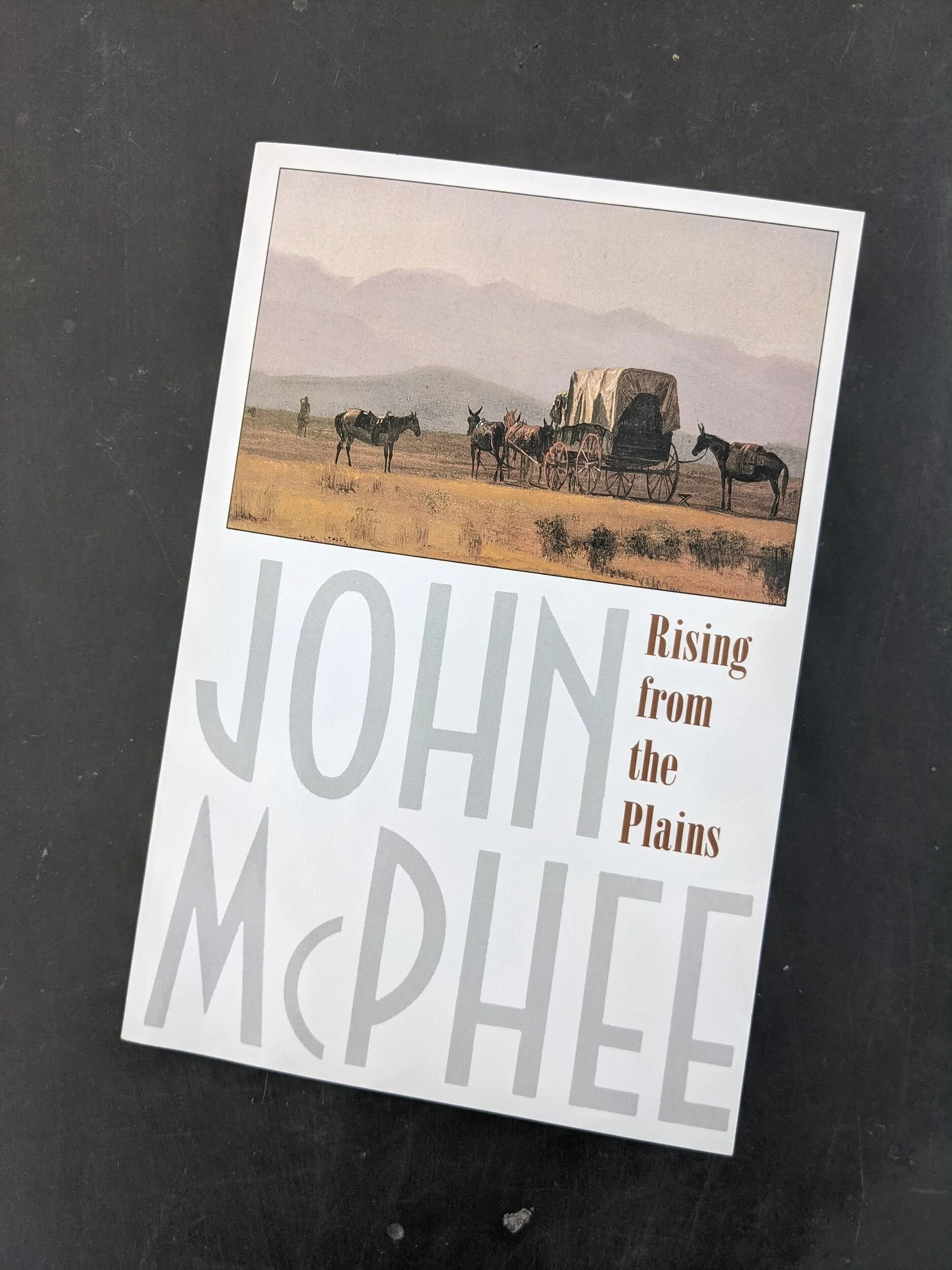Author: David Treuer
Publication: 2019
Genre: Nonfiction/History
I can’t recall where I first heard about this book. It kept cropping up online and so when I made my big Powell’s order a few months ago I added it on a whim. Last summer I read 1492, which explores little-known histories of native peoples of the Americas. I had gotten more interested in the subject after moving to Arizona (although before I moved from St. Louis I did visit Cahokia.) I’d never lived somewhere with substantial numbers of Native Americans, and in many ways I don’t think their experience as modern people was “real” to me. A reminder that learning about my privilege and others’ experiences is an ongoing journey.
Summary: The basic structure of the book follows the history of Indians (the main term the author uses), starting with a brief recap of pre-European contact. The rest of the book is focused on history after 1890, the year of the Wounded Knee Massacre that for some marks the symbolic decline of Indian life. It traces the various ways the American government has failed Indians throughout history, and the ways they responded. Treuer sprinkles interviews and a healthy dose of his own (Ojibwe) family history throughout. The author takes great pains to place this Indian history within the context of United States history as a whole. Treuer’s central thesis is that Indians have not been erased, should not be thought of as “dying out”, and are actively writing their own stories today. This argument gives the book its title, a response to Dee Brown’s Bury My Heart at Wounded Knee. I haven’t read it, but my understanding is it concerns the destruction of Indian cultures.
My take: I learned a *lot* reading this book. A lot that should probably be covered in schools, frankly. I learned a little about the battles growing up and I was aware of, for instance, Indian boarding schools (thanks, Dear America!), but that just scratches the surface. I was never taught how tribes interacted with each other and Europeans after contact other than warfare and disease. I was never taught how migration and consolidation of tribes occurred. I was never taught that the American government actively tried to assimilate Indians and force them to give up their culture. I had never given any thought to the fact that having a Native American identity beyond a tribal identity must be a relatively new phenomenon. And there’s more where that came from.
Some of the sections are easier reading than others. I found I enjoyed later chapters in the book more because the characters who could be interviewed came to life. The earlier chapters about broken treaties and miscellaneous terrible US government officials were harder to get through. I also found the author somewhat abrasive, especially when writing about his own life and family. Some of that content seemed unnecessary to support his points.
Some miscellaneous complaints: Treuer apparently loves lists, because he relies far too heavily on them. Example from page 38 of the paperback: “One archaeological site in southern Maine dated to 3000 BCE included the remains of deer, moose, seal, walrus, beaver, mink, sea mink, river otter, fisher, bear, swordfish, cod, surgeon, sculpin, mallards, black ducks, loons, eagles, and shellfish.” The fact that the area was plentiful with animals is important to the paragraph; the mallards are not. I was also pretty bored during the first chapter’s geographic tour of pre-contact tribal life. This is probably in part because I was comparing it unfavorably to similar content in 1492. Oh well.
The Heartbeat of Wounded Knee is a good book on an important topic. The approach is novel, the historical information well-researched and the central argument compelling. But it doesn’t hang together well enough to be a great book. I’m glad I read it, I just wish I had enjoyed reading it more.










